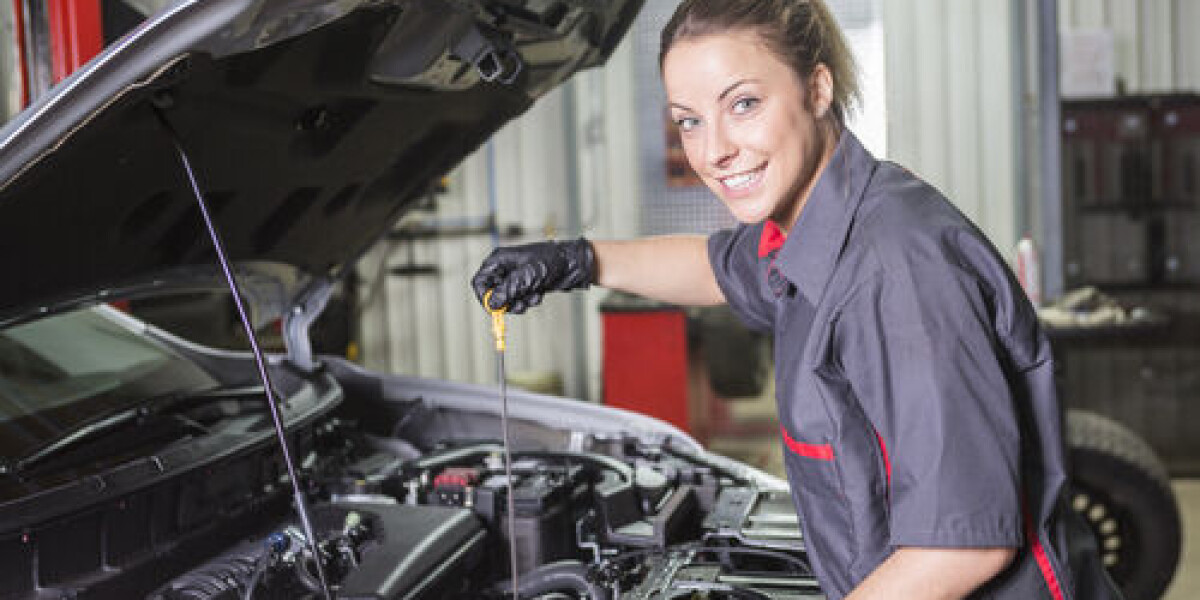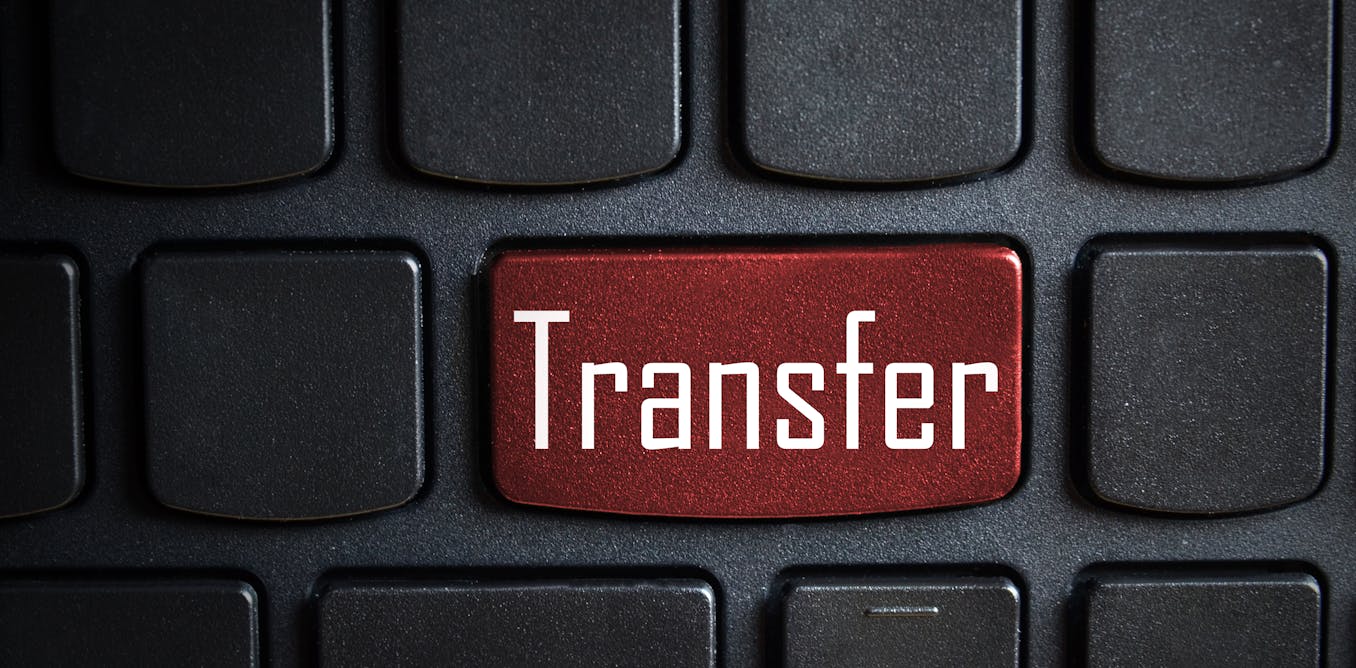
- Select a language for the TTS:
- UK English Female
- UK English Male
- US English Female
- US English Male
- Australian Female
- Australian Male
- Language selected: (auto detect) - EN
Play all audios:
In France, the main vehicle roadworthy test is called the contrôle technique (CT) - the equivalent of the British MOT or bilbesiktning, for example, in Sweden. Here are some key points to
know about these checks.
All private vehicles weighing less than 3.5 tons that are older than four years must go through a CT (see later for some exceptions for classic cars). The lack of a valid CT can invalidate
your vehicle insurance.
It is a biennial inspection (every three years in Monaco) that is carried out by private authorised centres. Test centres are free to set their own rates but you are likely to pay around
€70, sometimes less if you book via specialised websites. Note that if you need a follow-up visit (contre-visite) this may be included in the price or at an additional fee.
There is currently no test for motorbikes, trailers, quads, etc. However, this is going to change and a technical inspection is scheduled to start although no date has yet been set.
When selling or transferring a used vehicle to another driver that is more than four years old, the buyer must show proof that it has passed a CT in the last six months.
Specific rules apply to lorries and commercial transportation vehicles.
French vintage cars holding the classification ‘collection’ enjoy some privileges:
The test was made stricter in 2019 and there are now 133 mechanical checkpoints which can lead to 610 possible reasons for failure, compared to a previous tally of 410.
Only vehicles classified as Euro 4, 5 and 6 and registered after 2005 are affected by this new procedure, the main objective of which is to reduce the rate of CO2 emissions in compliance
with the "energy transition law for green growth" which became law in 2015.
The anti-pollution test on diesel vehicles is therefore now more rigorous.
If the pollutant emissions of the vehicle inspected exceed those recorded at the time of purchase, it will have to be repaired, or cleaned, before being retested for a subsequent, but
smaller, fee.
NB: these repairs cannot be carried out by the CT test centre, you choose your own garage to carry out the work.
As explained, the CT price is not regulated and inspection centres are private companies that are authorised and are free to charge whatever they want. Competition and free markets therefore
fix the fees. Centres in rural areas tend to charge less.
Note: the price of the CT must be displayed at the entrance of the establishment.
The first inspection must be carried out during the six months preceding the fourth anniversary of the first registration of the vehicle. Then, the control is carried out every two years.
To do the test you must have the original vehicle registration document.
Note: depending on the type of vehicle, an inspection takes between 30 and 45 minutes.
When the test is positive, it is valid for two years. When a car undergoes a CT test, four outcomes are possible:
The controller also affixes on the windshield of the vehicle a sticker bearing the letters ‘CT’ followed by the deadline of validity of the control performed.
During the follow-up inspections, the points checked depend on the deficiencies noted during the previous inspection. Three cases are possible:
No major deficiency: no follow-up inspection is necessary. The validity of the control is two years.
At least one major defect: the driver has two months to carry out the counter-check.
At least one critical failure: the driver has 24 hours to take care of the repairs.
In case of non-compliance with the obligations related to these tests, you risk a fine of €135. The fine can be reduced to €90 or increased to €750 depending on how quickly (or slowly) you
pay. The police can also take your car off the road and keep the registration certificate.
They will give the vehicle a traffic card valid for seven days in which you are obliged to get it through the tests. Once the result is deemed satisfactory, the registration certificate is
returned.



